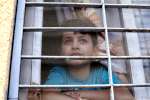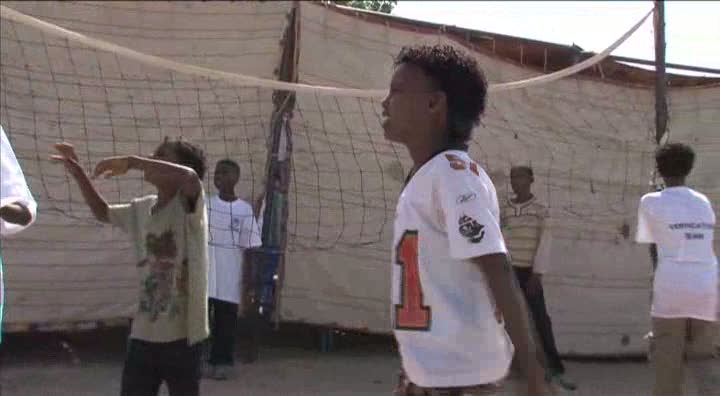- Text size
 |
|  |
|  |
| 
- Français
EU Relocation Programme starts: 19 asylum-seekers leave Italy to Sweden
Briefing Notes, 9 October 2015
This is a summary of what was said by UNHCR spokesperson Melissa Fleming – to whom quoted text may be attributed – at the press briefing, on 9 October 2015, at the Palais des Nations in Geneva.
UNHCR welcomes the departure this morning of a first group of asylum-seekers from Italy under the EU relocation scheme. The group of 19 asylum-seekers, including five women, all Eritrean nationals, left from Ciampino Airport in Rome. They had arrived by boat in Sicily over the last few weeks and were all screened in the Lampedusa reception centre, where they agreed to be relocated to Sweden.
The departure of the group officially starts the relocation plan from Italy, and will be followed by other departures early next week. The scheme foresees the relocation of 160,000 people from Italy and Greece to participating EU countries and was agreed by the EU Council.
The role of UNHCR in the EU's relocation scheme includes cooperation with the European Commission and EU Agencies, the national authorities and other partners on providing information and counselling on the relocation procedure throughout the process. There is also an oversight role at the interview stage to ensure people with specific needs are prioritised, including children who are unaccompanied or separated from their families.
The relocations are an important step toward stabilizing the refugee crisis in Europe, however more needs to be done. The relocation plan can only work if, at entry points in Europe, robust facilities are created to receive, assist, register and screen asylum seekers and migrants. In addition, accessible legal avenues are needed for refugees to reach safety without putting themselves and their families at risk.
The relocation plan, although limited compared with the present needs, will hopefully contribute to managing the refugee flow into Europe through solidarity among EU Member States.
To build trust among EU Member States, all arrivals in Europe should be fully registered and fingerprinted, not only those participating in the relocation programme.
So far in 2015, 526,797 refugees and migrants have crossed the Mediterranean to reach Europe, including some 132,000 who disembarked in Italy. In 2014, some 219,000 people made the same journey. Tragically over 3,000 people have died at sea this year attempting to find safety in the EU. In 2014 victims of the dangerous journey across the Mediterranean Sea reached 3,500.
Media contacts:
- In Rome, Carlotta Sami on +39 335 679 47 46
- In Geneva, William Spindler on +41 79 217 3011
































